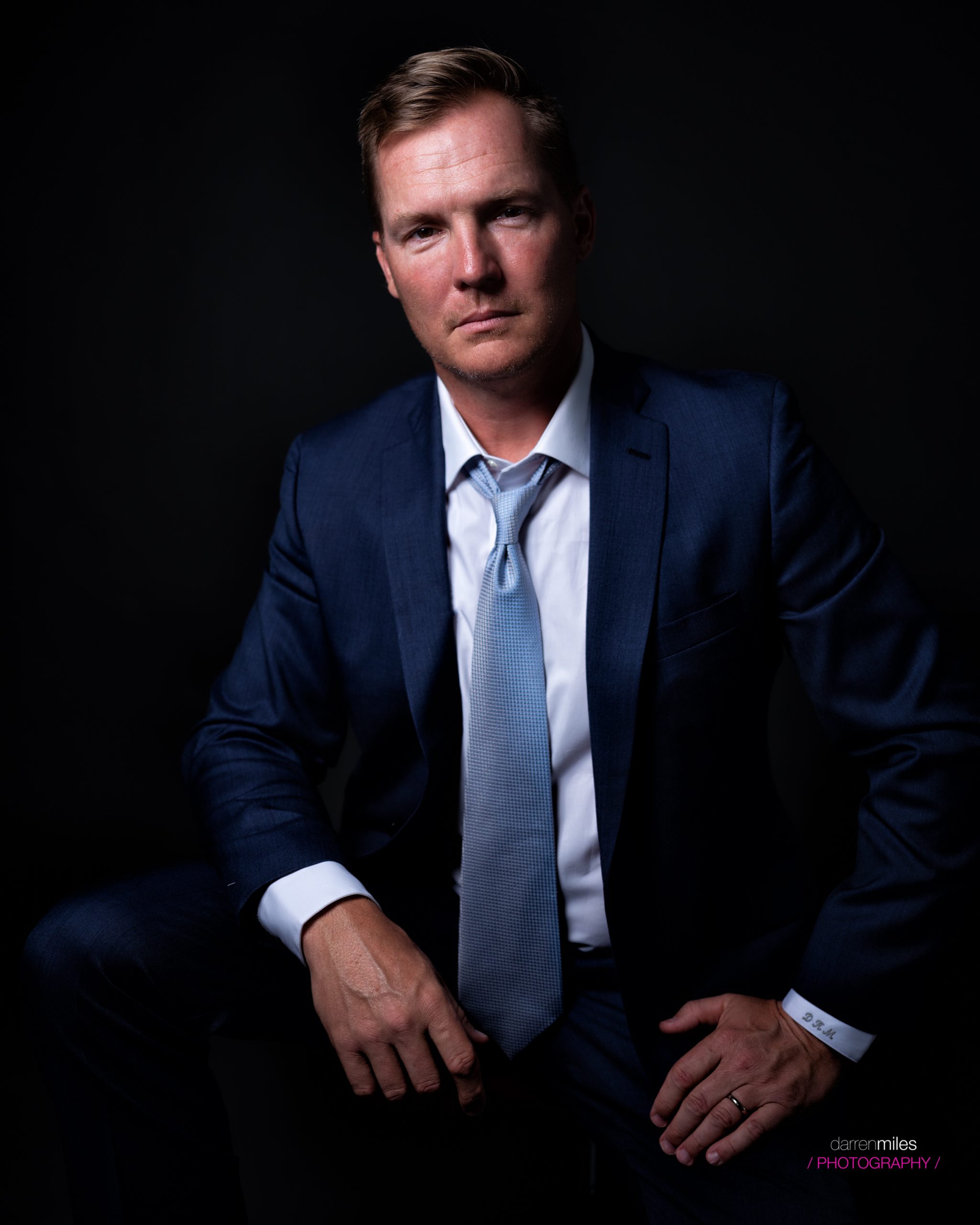“You can fix that in Photoshop, right?”
When I first started in photography 15 years ago, most of my original mentors grew up in the film era. Me? I was born and raised on digital, primarily because photography was my second career. I got into it because photography had gone digital.
My first teachers preached to me the importance of getting it right in-camera. I never really understood why they said that, because early on, I thought if I screw it up here, I’ll just fix it in Photoshop. Boy was I wrong!
Experience is a great teacher
Fast forward 15 years, for years and up until recently, I often said “I’ll just fix it in Photoshop.” It took awhile, but I finally realized what my original mentors were talking about. I was editing a wedding recently, and I realized how much time and effort I was wasting in post simply because I didn’t get many of the images right in-camera.
Learn from my mistakes, save valuable time in post and try these tips!
Four tips to help you get it right in-camera
1. Check composition
I have this tendency to get so focused on my subjects expression that I often don’t see the tree branches coming out of heads in the background. I have to discipline myself to look at the image more globally and you should too.

2. Check your borders
I used to watch Scott Kelby quite a bit, and he used to say, “watch your borders.” I remember him calling it “border patrol.” As the years wore on, I now understand what he meant. Similar to point 1, watch out for distractions on the edges of your frame that can take emphasis away from the subject.

3. Use your modeling lights
I work with an assistant who handles my lighting. Sometimes she’ll have the flash aimed in the general direction of the subject, but not exactly where I want it. I could fix it in post, but it’s never the same as it would be getting it right in-camera.
I learned to use my strobes’ modeling lights. This gives me and my assistant a much better idea where the light will fall. Resulting in an image that’s more right in-camera.

4. Pay attention to hair, clothing and jewelry
How many times has this happened to you? The perfect expression, the perfect angle, but you don’t see the complicated strand of hair cutting across your subjects eyes? Or the pendant of their necklace is off to one side? Or a bra strap appears under the models shoulder, etc.? Details matter, take a few extra seconds to make sure everything is in place before you press the shutter.

Save time and money — get it right in-camera
Editing software today makes fixing mistakes that used to ruin pictures a lot more feasible. However, not getting it right in-camera can kill your productivity and take time away from revenue generating activities.













